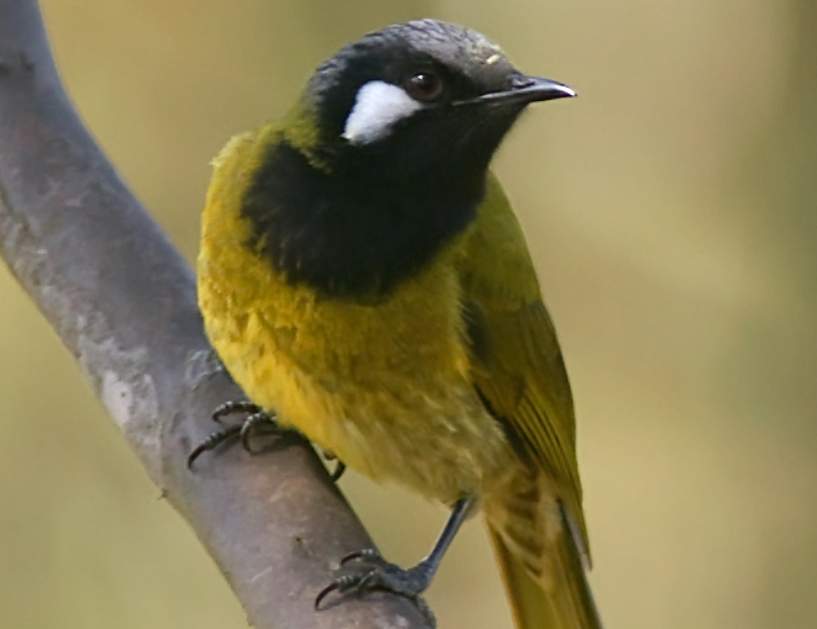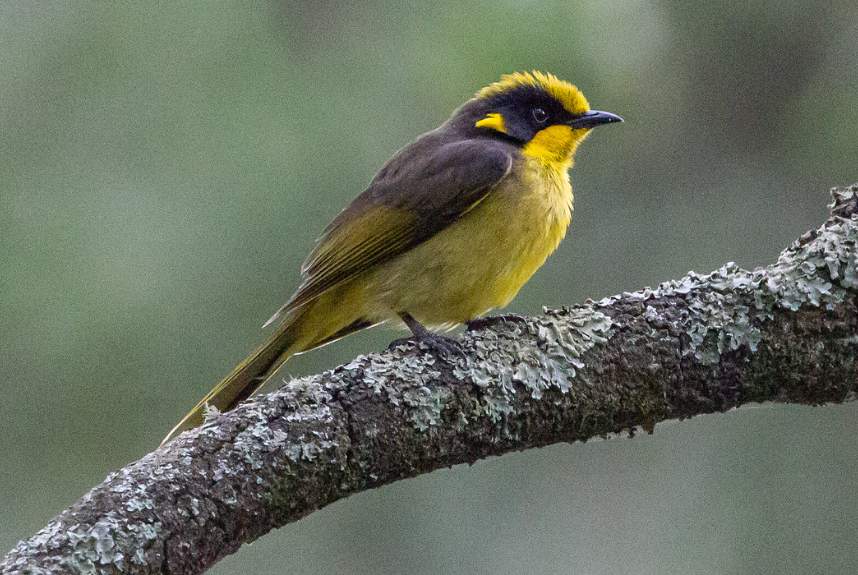Family:
The magnificent riflebird (Ptiloris magnificus) belongs to the Paradisaeidae family of birds. This beautiful bird of paradise is found exclusively in the Cape York Peninsula rainforests in Australia.
Habitats & Diet
The Magnificent Riflebird lives alone in the forest canopy or gathers in groups at fruiting trees or pools to bathe. A variety of insects are also eaten by them, which climb vertical branches and trunks, probe, rifle through the bark, and pull at debris for prey. A variety of invertebrates, such as spiders, millipedes, and other insects, make up the diet of the magnificent riflebird.
Identification:
MALE: Crown iridescent dark blue-green; face and upper parts velvety black; wings black, outer flight feathers bowed and pointed, inner flight feathers broadly square-tipped. The tail is black with a blueish sheen on the central feathers. The chin and upper breast are covered with long triangular gorget of short, metallic blue-green feathers, separated from the purple-black lower breast and belly by a narrow band of velvet black and yellow-green; feathers of flanks and belly are finely plumbed. Eyes dark brown. Bill black; mouth lime-yellow. The feet are black.
FEMALE: The female bird’s head is grey-red-brown with faint buff stripes on the crown and off-white eyebrows. The upper parts are dull red-brown, richer on the wings and tail. The underparts are off-white with close black bars, plainer, paler, and more speckled on the throat with a brown streak on either side of the bill. The bill is dusky. Feet are blue-grey.
Immatures: As adult females, males are larger.
Read More – The Eye-feast Paradise Flycatcher

Courtship display
During courtship displays, males perform on a ‘dancing perch’ solitary display. An adult male appears to maintain a small territory of several hectares year-round, advertising it with explosive whistles. During his display, he performs alone on horizontal branches and vines from the mid-strata to the forest canopy. His textured wings rustle loudly as he stands erect and rapidly opens and shuts his wings. He can also hiss and croak on foot while outstretched wings are outstretched. There is a similar reaction when a female arrives or when a male approaches. With their tails cocked, he stands upright and throws his wings out, exposing his gorget, then swings his head from side to side, blowing. Up to 15 seconds are allotted for each display. A female itinerant is attracted, mates, and then leaves to nest and rear her young alone.
Alternative names:
It is also known as Albert’s Riflebird and Prince Albert’s Riflebird.
Call
The Magnificent Riflebird’s call is a loud, hoarse double-syllable whistle. Adult males up-slurred the first, while females and immatures typically down-slurred the second to advertise territory or position. Occasionally, calls sound harsh and raspy.
Song:
The song of the Magnificent Riflebird is blowing, croaking, and swishing by the male on display.

Read More – 11 Small Birds with Long Tails
Nesting & Breeding:
Nesting and breeding occur in September-February; possibly sporadically throughout the year. The nest is a rough, shallow cup, about 200 mm across x 140 mm deep, made of broad dead leaves and vine tendrils; lined with dry leaves and plant fiber. The bird places its nest in dense vegetation, often in the crown of a palm, 3-15 meters above the ground.
Eggs:
Magnificent Riflebird usually lays two eggs, which are lustrous cream buffed, boldly marked with thick longitudinal streaks and underlying smudges of brown, blue-black, and pale grey. The eggs are oval in shape and have a size of about 34 x 23 mm. Females undergo an incubation period of about 15-16 days.
Distribution:
Magnificent Riflebird found in tropical rainforest and galleries from Cape York to Weipa and Mcllwraith Range, Qld. Also found in Papua New Guinea.
Flight:
A Magnificent Riflebird flying straight and direct in the forest mid-strategy, with its wings rustling as it moves.
Size:
The size of males is 300-330 mm and females 260-280 mm in length, however, the bill is shorter than males.
Races:
There are three races, but only one is endemic in Australia.

Read More – Paradise Riflebird “Ptiloris paradiseus”






